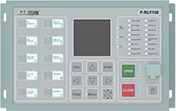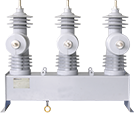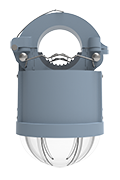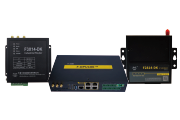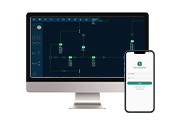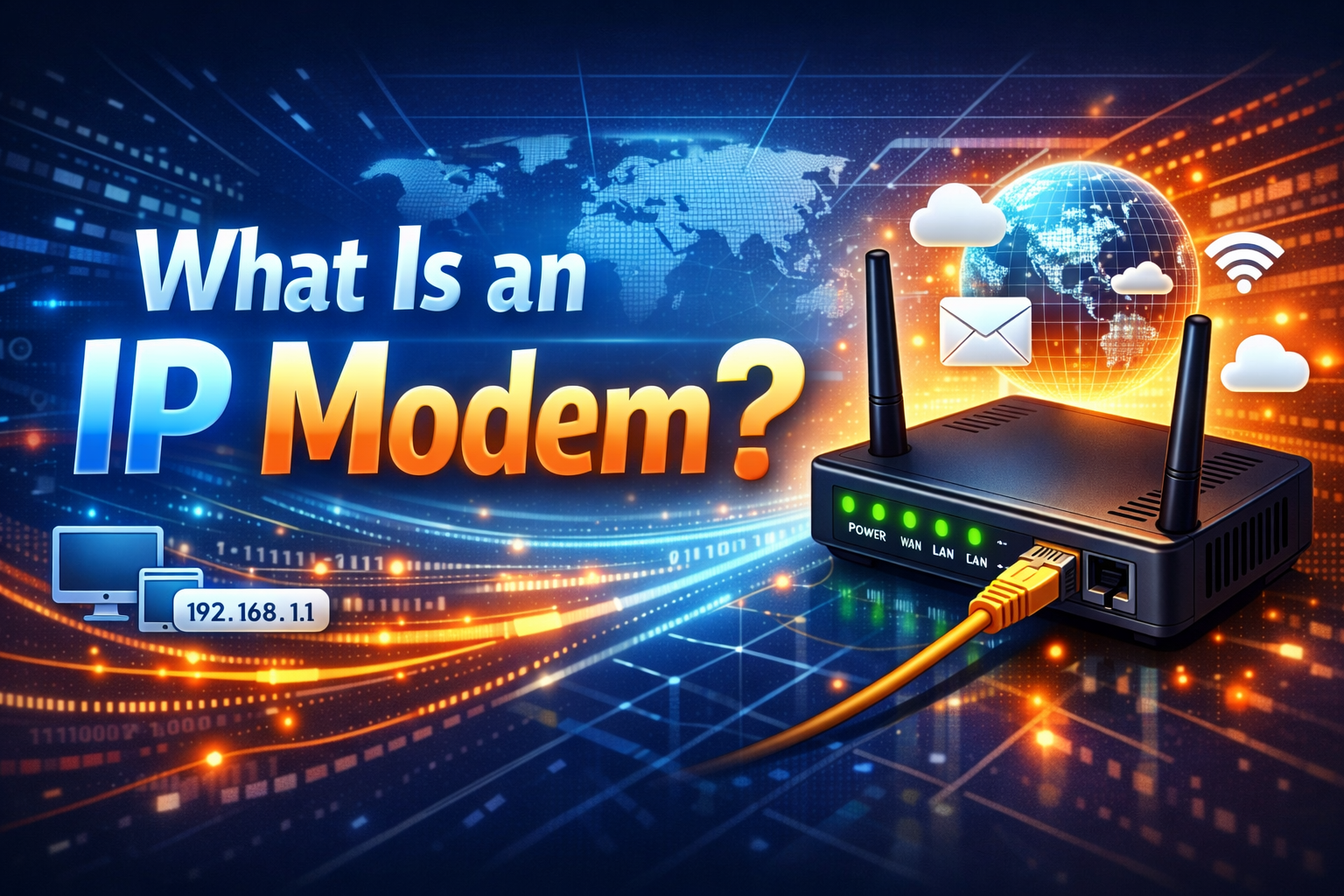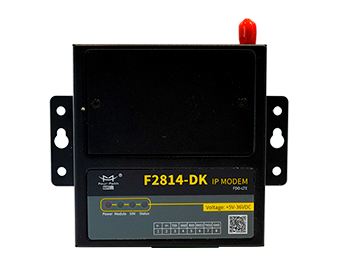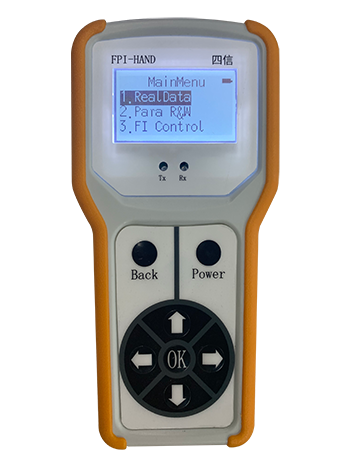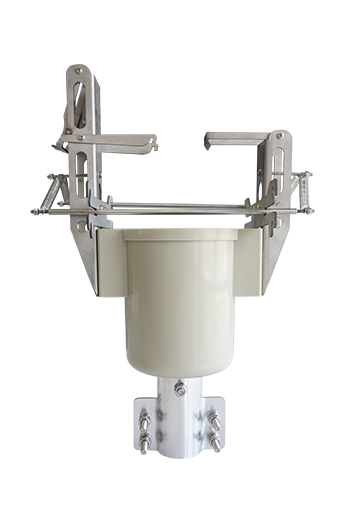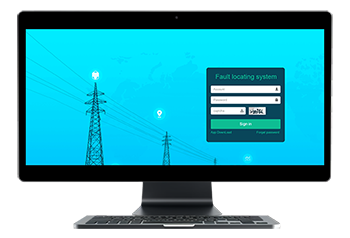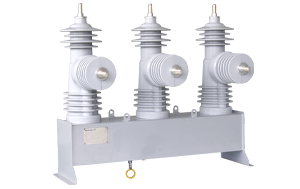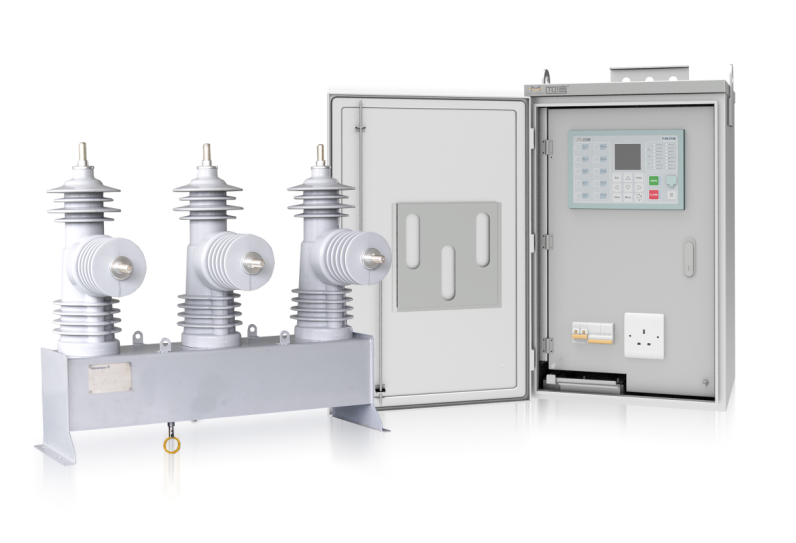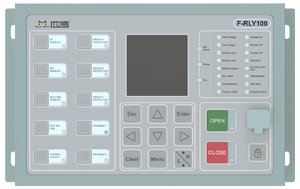News
Do You Know the Problems of Industrial Control Systems? Research Status of Industrial Control System
Date:2022-11-23
Industrial control systems require large data volumes and high-speed transmissions such as images and voice signals, which has led to the combination of Ethernet and control networks that are currently popular in the commercial field. This wave of industrial control system networking has also integrated many popular technologies such as embedded technology, multi-standard industrial control network interconnection, wireless technology, etc., thereby expanding the development space of the industrial control field and bringing new development opportunities.
With the development of computer technology, communication technology and control technology, the traditional control field is undergoing an unprecedented change, and it is beginning to develop in the direction of networking.
The structure of the control system has developed from the initial CCS (Computer Centralized Control System), to the second-generation DCS (Distributed Control System), and to the now popular FCS (Fieldbus Control System).
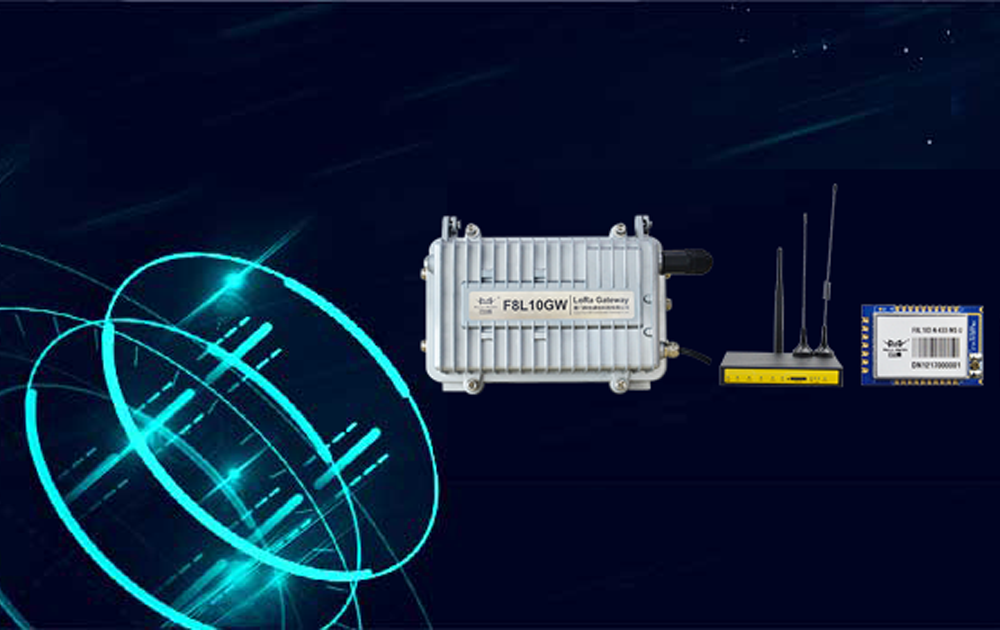
1. The development trend of industrial control system
Computer and network technology are closely related to the development of control systems. Computers have been applied to control systems as early as the mid-to-late 1950s. In the early 1960s, a control system that completely replaced analog control by computer appeared, which was called direct digital control. In the mid-1970s, with the emergence of microprocessors, computer control systems entered a new period of rapid development. In 1975, the world's first distributed computer control system based on microprocessors came out. It is based on multiple microprocessors. It is called a distributed control system through the distributed control of the controllers and the centralized management through the data communication network.
After entering the 1980s, people used microprocessors and some peripheral circuits to form digital instruments to replace analog instruments. This DDC control method improves the control accuracy and control flexibility of the system, and it is also used in multi-loop sampling and sampling. The control has a performance-price ratio that cannot be compared with traditional analog instruments.
In the mid-to-late 1980s, with the increasing complexity of industrial systems and the further increase of control loops, a single DDC control system could no longer meet the requirements of on-site production control and management of production work. greatly improved. As a result, the layered control system, which is composed of small and medium-sized computers and microcomputers, has been widely used.
After entering the 1990s, due to the rapid development of computer network technology, the DCS system has been further developed, improving the reliability and maintainability of the system. In today's industrial control field, DCS still occupies a dominant position, but DCS is not open. , the wiring is complex, the cost is high, and there are great difficulties in the integration of products from different manufacturers.
Since the late 1980s, due to the development of large-scale integrated circuits, many field devices such as sensors, actuators, and drive devices have become intelligent, and people have begun to seek to use a communication cable to connect field devices with a unified communication protocol communication interface. In general, what is transmitted at the device layer is no longer I/O (4-20mA/24VDC) signals, but digital signals, which is the field bus. Because it solves the reliability and openness of the network control system, the field bus technology has gradually become the development trend of the computer control system. Since then, some developed industrial countries and multinational industrial companies have launched their own fieldbus standards and related products, forming a trend of competition.
2. The relationship between industrial control system and information network
From the perspective of development history, the development of information network architecture has similarities with the development of control system architecture. The development of enterprise information network generally experienced the following stages of development:
2.1 Host-based centralized mode
Almost all computing and processing tasks are performed by a powerful host with little interaction between the user and the host.
2.2 Hierarchical structure based on working group
The development of microcomputer and local area network technology enables people with similar work nature to form a group, share some public resources, and the communication and collaboration between users have been strengthened.
2.3 Networked enterprise organization based on Internet/Intranet/Extranet
The development of computer network technology has made it the mainstream of modern information technology, especially the development and popularization of the Internet has made it a recognized prototype of the future global information infrastructure. Adopting the Internet's mature technologies and standards, people put forward the concepts of Intranet and Extranet, which are respectively used for the realization of enterprise intranet and enterprise extranet, thus forming a new generation centered on Intranet, supplemented by Extranet, and relying on the Internet. Enterprise Information Infrastructure (Enterprise Network).
The computer control system has also gone through several development stages such as centralized control, layered control, and fieldbus-based network control, and their development processes are very similar.
With the in-depth application and improvement of enterprise information network, it is an inevitable trend that on-site control information enters the information network to realize real-time monitoring. In order to improve the social and economic benefits of enterprises, many enterprises are trying their best to establish a comprehensive management information system, which must include real-time data information on the production site, so as to ensure real-time grasp of the operating status of the production process and make enterprise management decisions scientific. To achieve the optimal state of production, operation and management. The integration of information and control will create favorable conditions for the realization of enterprise comprehensive automation CIPA and enterprise informatization.
The similarity in the architectural development process of enterprise information network and control system is not accidental. In the development process of computer control system, the appearance of control system of each structure always lags behind the development of corresponding computer technology. In fact, in most cases, people began to study how to apply this new technology to the control field after a new technology appeared in the computer field. In view of the differences between the two application environments, the technical details have been appropriately modified and supplemented, but they have many common points in terms of the principle and implementation of key technologies. It is precisely because of the relationship between the two in the development process that it is possible to realize the integration of information and control.
3. Research status of industrial control system
In the 1940s, process control was based on a pneumatic standard signal of 3 to 15 PSI. Later, due to the use of 4-20mA analog signals, analog controllers have been widely used, but not all sensing instruments and drive devices use a unified 4-20mA signal. In the 1970s, due to the first use of computers in the fields of detection, analog control and logic control, centralized control was produced. In the 1980s, due to the emergence of microprocessors, industrial instruments have entered the era of digitalization and intelligence, and the transmission of 4-20mA analog signals has been gradually replaced by digital communication. In addition, the rapid development of distributed control and network technology has promoted control, The development of integrated functions such as scheduling, optimization, and decision-making. However, due to the fact that most of the detection, transmission, and execution mechanisms are connected by analog signals, the transmission method is a one-to-one structure, which makes the wiring complicated, the engineering cost is high, and the maintenance is difficult. However, the signal transmission accuracy is low, susceptible to interference, and the instrument is interchangeable. The performance is poor, which hinders the function of the upper system. On the other hand, because the functions of smart instruments far exceed those of on-site analog instruments, such as remote setting of range and zero point, self-diagnosis of instrument working status, multi-parameter measurement and compensation for environmental impact, etc. It can be seen that the development of intelligent instruments and control systems requires the upper system and field instruments to realize digital communication.
In order to overcome the technical bottleneck of the DCS system and further meet the needs of the field, fieldbus technology emerged as the times require. It is actually a two-way serial, digital, multi-node communication network that connects field intelligent equipment and automation control equipment, also known as Field bottom equipment control network (INFRANET). Different from the Internet, Intranet and other types of information networks, the control network is directly oriented to the production process, so it requires high real-time performance, reliability, data integrity and availability. In order to meet these characteristics, the field bus simplifies the standard network protocol, omits some intermediate layers, and only includes three layers in the ISO/OSI7-layer model: physical layer, data link layer and application layer.
At the beginning of the development of fieldbus, each company proposed its own fieldbus protocol. The IEC organization voted on December 31, 1999, and determined 8 major buses as the international fieldbus standard, including CANBus, ProfitBus, InterBus-S, ModBus, FOUNDA-TIONFieldbus and so on. On this basis, a new fieldbus control system (FieldbusControlSystemFCS) has been formed. It integrates digital communication technology, computer technology, automatic control technology, network technology and intelligent instruments and other technical means, and fundamentally breaks through the limitations of traditional "point-to-point" analog signal or digital-analog signal control. , forming a fully decentralized, fully digital, intelligent, two-way, interconnected, multi-variable, multi-contact communication and control system. The corresponding control network structure has also undergone major changes. The typical structure of FCS is divided into 3 layers: equipment layer, control layer and information layer.
Although the fieldbus technology develops very rapidly, there are still many problems, which restrict the further expansion of its application range.
3.1 The first is the choice of fieldbus
Although the IEC organization has reached an international bus standard, there are still too many types of buses, and each fieldbus has its own most suitable application field. It is still a difficult problem for users to choose the most suitable fieldbus for each part of the system.
3.2 System Integration Issues
Since a system is likely to use various forms of fieldbus in practical applications, how to integrate the industrial control network and data network seamlessly, so as to make the whole system realize the integration of management and control, is the key link. When designing the network layout of the fieldbus system, not only the distance of each field node, but also the functional relationship between the field nodes and the flow of information on the network should be considered. Because the functions of intelligent field instruments are very strong, many instruments will have the same function block, which function block to choose during configuration should be carefully considered; to minimize the flow of information on the network. At the same time, the configuration of communication parameters is also very important, and it is necessary to strike a balance between the real-time performance of the system and the efficiency of the network.
3.3 There are technical bottlenecks
Mainly manifested in:
3.3.1 When the bus cable is cut off, the whole system may be paralyzed
Users hope that the performance of the system can be reduced at this time, but it cannot collapse, which cannot be guaranteed by many field buses.
3.3.2 Constraints of intrinsically safe explosion-proof theory
Existing explosion protection regulations limit the length of the bus and the number of loads on the bus. This is to limit the advantages of the field bus to save cables. All countries are strengthening the research on the Fieldbus Intrinsic Safety Concept (FISCO) theory, striving for a breakthrough.
3.3.3 System configuration parameters are too complicated
Configuration of Fieldbus
There are many parameters, which are not easy to grasp, but the configuration parameters are set well or not, which has a great influence on the system performance.
4. Ethernet for industrial control systems
The basic trend of the development of control network is to gradually tend to open and transparent communication protocols. The root cause of the above-mentioned problems is that the openness of the fieldbus is conditional and incomplete. Ethernet has the advantages of high transmission speed, low power consumption, easy installation and good compatibility. Because it supports almost all popular network protocols, it is widely used in commercial systems. In recent years, with the development of network technology, Ethernet has entered the field of control, and a new type of Ethernet control network technology has been formed. This is mainly due to the development of industrial automation systems towards distributed and intelligent control, and an open and transparent communication protocol is an inevitable requirement. Due to the wide variety and incompatibility of fieldbus, it still cannot meet this requirement. The openness of the TCP/IP protocol of Ethernet makes it an incomparable advantage in the key link of communication in the field of industrial control.
5. Existing problems of industrial control systems
Usually we consider the control system to be networked, mainly linking the network with the field bus. The more influential field bus systems in the field of control include: FF, LonWorks, Profibus, CAN, HART, and RS485 bus network. The unified standard (FF) has been formulated by the Fieldbus Foundation. Its slow bus standard H1 has been adopted as an international standard, and its high-speed bus standard H2 is still being formulated. However, due to commercial profits, technology monopoly and other reasons, fieldbus Products are still in a situation where a hundred flowers bloom, which has a negative impact on reducing system costs and expanding the scope of application.
Ethernet has been widely used, the speed of mainstream products has reached 100Mbps, Gigabit Ethernet has also been put into use, and its network products and software are developing very fast. Ethernet has been widely recognized for its low cost, convenient networking, rich software and hardware, and high reliability.
The main reason for the rapid development of the Internet is the wide application of Ethernet and TCP/IP protocols. The TCP/IP protocol is extremely flexible, and almost all underlying network technologies can be used to transmit TCP/IP communications. Ethernet using TCP/IP has become the most popular packet-switching LAN technology, and it is also the most open network technology.
Therefore, we consider integrating the Internet and its related technologies into the existing control system, using the open and mature technologies on the Internet to upgrade the existing control system, and speed up the integration of information and control in industrial enterprises process, may well be a more feasible solution to the problem.
6. Summary of industrial control systems
Judging from the trend, there is no doubt that industrial Ethernet has entered the field control level. But at least for now, it is difficult to completely replace fieldbus as a single standard for real-time control communication. The existing fieldbus will continue to exist, most likely a hybrid control system will be developed.

